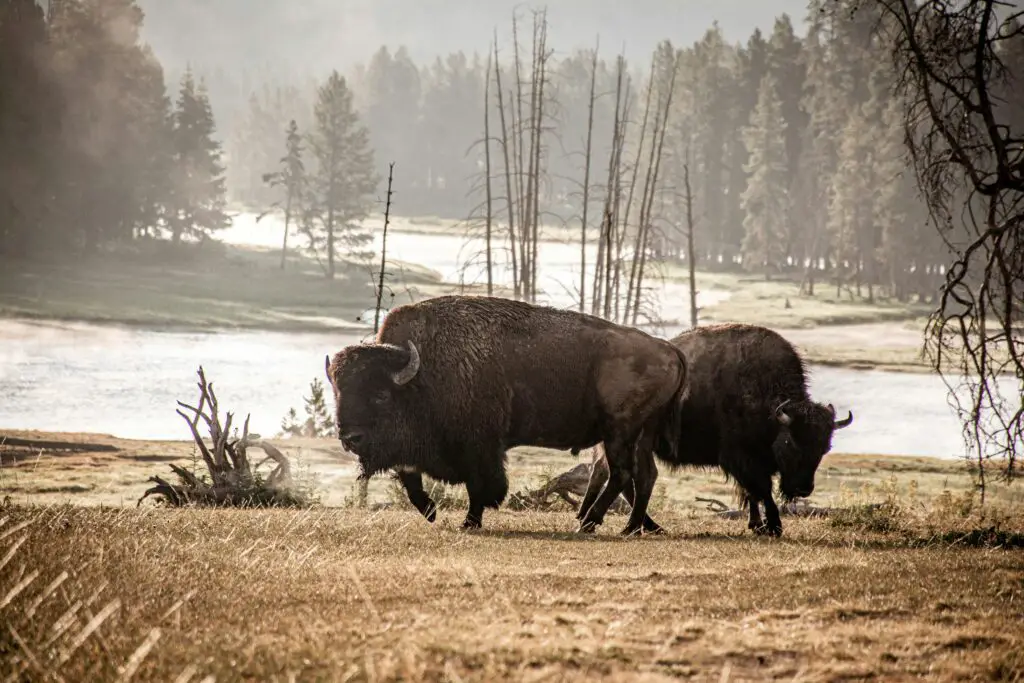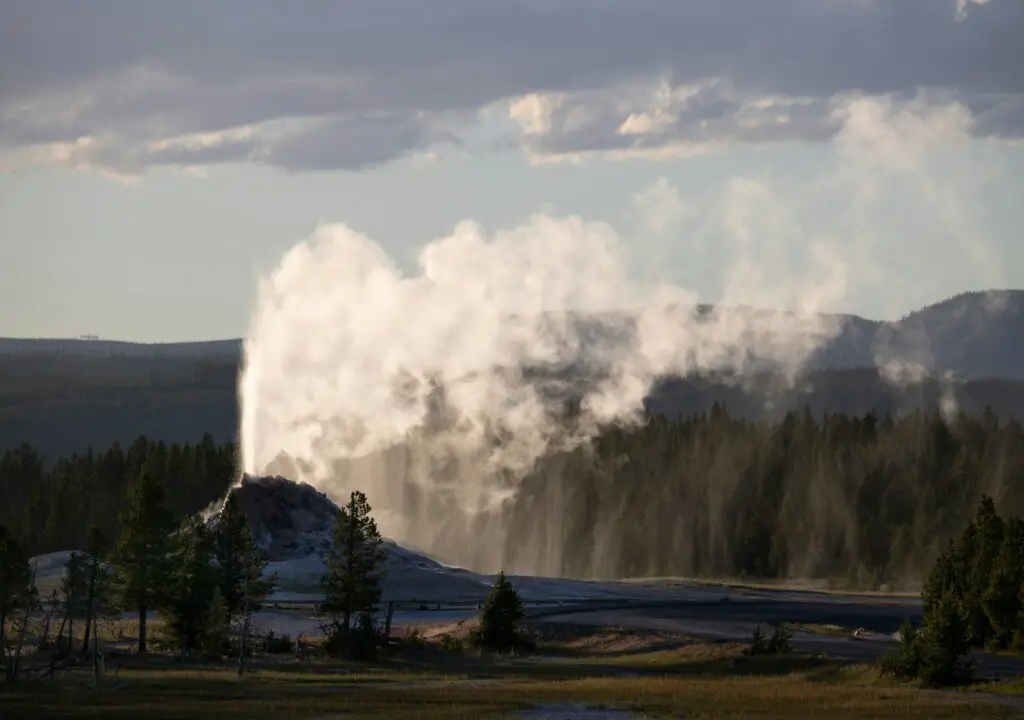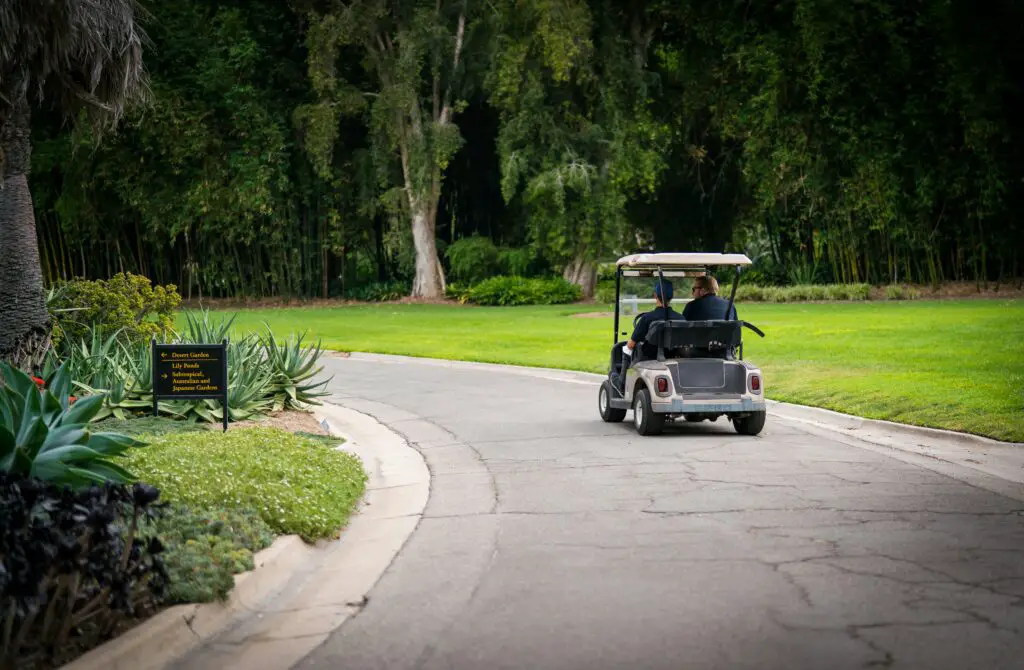America’s national parks are a treasure trove of natural beauty and historical significance. From the battlefields of Gettysburg to the vast wilderness of Yellowstone, these parks preserve the stories of America’s past while showcasing the stunning landscapes that make the country so diverse. Whether you’re a history buff, an outdoor enthusiast, or a bit of both, planning a trip to America’s historical national parks requires some thoughtful preparation. Here’s what you need to know to ensure your trip is as smooth and enjoyable as possible.
1. Download Maps and Information Before You Go

Cell service is spotty or nonexistent in many national parks, particularly in remote or mountainous areas. It’s smart to download maps, trail guides, and any other important information to your phone before you arrive. The National Park Service app is a great resource that allows you to access park maps and information offline. Also, consider bringing along a paper map as a backup, especially if you’ll be hiking or driving in less developed areas of the park.
2. Make Reservations Well in Advance
One of the most important things to know about visiting popular national parks is that they often require reservations, especially during peak travel seasons. Parks like Yosemite, Yellowstone, and Grand Canyon National Park have limited lodging options within the park, and campsites can fill up months in advance. Even entry into some parks now requires a timed reservation due to overcrowding, so be sure to check park websites early and secure your spot.
3. Check the Weather (And Prepare for the Unexpected)
America’s national parks span a wide variety of climates, and the weather can vary drastically even within the same park. Places like Yellowstone and Glacier National Park can experience snow well into June, while parks in the desert Southwest, like Zion and the Grand Canyon, can reach sweltering temperatures. Be sure to pack accordingly—layers are often your best bet, and don’t forget sunscreen, a hat, and plenty of water, no matter where you go. Even a sunny day can quickly turn to rain or snow in higher elevations.
4. Start Your Days Early
To avoid crowds, wildlife, and long waits at park entrances, plan to start your days early. Popular parks can become quite crowded by mid-morning, especially at well-known viewpoints and trailheads. Arriving early not only gives you the chance to enjoy the peace and quiet but also increases your chances of spotting wildlife. Plus, sunrise views in parks like the Grand Canyon or Shenandoah National Park are simply unbeatable.
5. Invest in an America the Beautiful Pass
If you’re planning to visit multiple national parks, an America the Beautiful pass is a must. This annual pass grants you access to over 2,000 federal recreation sites, including all national parks, for just $80. Considering that entrance fees for some parks can reach $35 per vehicle, this pass can save you a significant amount of money if you’re visiting more than a couple of parks in a year. You can purchase it online or at the entrance station of any participating park.
6. Plan for Limited Dining Options
In many historical national parks, dining options can be limited or nonexistent, especially in remote areas. While some parks, like Grand Canyon and Yellowstone, offer restaurants and snack bars, others might only have a visitor center with basic snacks. It’s always a good idea to pack your own meals, snacks, and plenty of water, particularly if you’re planning to hike or explore away from the main tourist areas. Also, if you’re camping, be sure to follow the park’s guidelines for food storage to avoid attracting wildlife.
7. Be Mindful of Park Rules and Wildlife

National parks are home to a wide range of wildlife, from bison and elk to bears and mountain lions. Following park rules about wildlife is critical not only for your safety but also for the protection of the animals. Never approach or feed wildlife, and be sure to store food and trash properly. Many parks provide bear-proof containers at campsites and trailheads—use them! Also, remember that staying on marked trails protects fragile ecosystems and helps preserve the park for future visitors.
8. Bring Proper Footwear
If you’re planning on doing any hiking, comfortable and durable footwear is essential. Many historical national parks, like Gettysburg or Antietam, have easy walking paths, but others like Yosemite, Rocky Mountain National Park, or Great Smoky Mountains offer rugged trails that require sturdy hiking boots with good traction. Blisters and sore feet can ruin a day of exploration, so make sure your shoes are broken in before your trip.
9. Know the History Before You Go
While it’s easy to appreciate the natural beauty of parks like Mesa Verde or Gettysburg, understanding the historical context can enhance your experience. Take some time to research the park’s history before your trip. Whether you’re visiting the site of a Civil War battle or exploring ancient cliff dwellings, knowing the significance of what you’re seeing will make your visit more meaningful. Many parks offer ranger-led tours or audio guides, so check ahead to see what’s available.
10. Plan for High Altitude in Some Parks
If you’re visiting national parks in high-elevation areas like Rocky Mountain National Park or Sequoia & Kings Canyon, be prepared for altitude. Higher altitudes mean thinner air, which can cause altitude sickness for some visitors. Symptoms include headaches, dizziness, and shortness of breath. To acclimate, take it slow, stay hydrated, and avoid alcohol. If you start to feel unwell, descend to a lower elevation until you feel better.
11. Get Off the Beaten Path
While it’s tempting to stick to the major landmarks and viewpoints, some of the most rewarding experiences come from exploring lesser-known areas of the park. Many national parks have backcountry trails, less-visited historical sites, or hidden viewpoints that offer solitude and a deeper connection to the landscape. Ask a park ranger for recommendations on less crowded areas or trails that might offer a quieter experience away from the crowds.
12. Leave No Trace
It’s essential to practice Leave No Trace principles when visiting national parks. This means taking all of your trash with you, staying on designated trails, and not disturbing wildlife or plants. The goal is to leave the park as you found it so that future generations can enjoy it as well. Even small actions, like picking up after yourself or not carving into trees, help protect these natural and historical treasures.
13. Use a Park Shuttle or Public Transportation
Some of the busiest national parks, like Zion, Yosemite, and the Grand Canyon, offer shuttle services to help reduce congestion and protect the environment. Using these shuttles is not only more convenient (since parking can be difficult to find), but it also helps reduce your carbon footprint. In cities near historical national parks, like Washington D.C. or Boston, using public transportation can also be a more efficient way to reach the park.
14. Consider Visiting in the Off-Season

Summer may be the most popular time to visit national parks, but the off-season can offer a more peaceful and unique experience. Parks like Yellowstone or Grand Teton take on a different kind of beauty in the winter, while others like Acadia or Shenandoah are stunning in the fall. Crowds are thinner, accommodations are easier to find, and you might get to experience the park in a way that summer visitors never do.
15. Bring a Reusable Water Bottle and Snacks
One small way to make your trip more sustainable—and enjoyable—is to bring a reusable water bottle and snacks. Many parks have water refill stations, so you can stay hydrated without generating plastic waste. Snacks are also key, especially if you’re planning a full day of exploring or hiking. Trail mix, granola bars, and fresh fruit are all easy to pack and will keep you energized as you explore.
16. Stay on Designated Trails and Respect Historical Sites
Historical national parks often have carefully preserved battlefields, ruins, or other landmarks that are fragile and should be treated with care. Stay on marked paths and follow posted signs to avoid damaging these important sites. It’s easy to get caught up in the beauty of the area, but respecting the boundaries ensures that these places remain intact for future generations.
17. Visit a Visitor Center or Take a Ranger-Led Tour

One of the best ways to get the most out of your trip to a historical national park is by stopping at the visitor center or joining a ranger-led tour. Rangers are incredibly knowledgeable about the park’s history, wildlife, and geography, and they can provide insights that you won’t find in a guidebook. Whether it’s learning about Civil War tactics at Gettysburg or hearing about the geological forces that shaped Yellowstone, these tours bring the park’s history to life.
America’s historical national parks offer a unique opportunity to explore the country’s past while enjoying its natural beauty. By planning ahead and keeping these tips in mind, you’ll be able to make the most of your trip and create memories that will last a lifetime. Whether you’re hiking through ancient ruins or walking in the footsteps of soldiers, these parks provide a chance to connect with the stories that have shaped America. Happy exploring!


